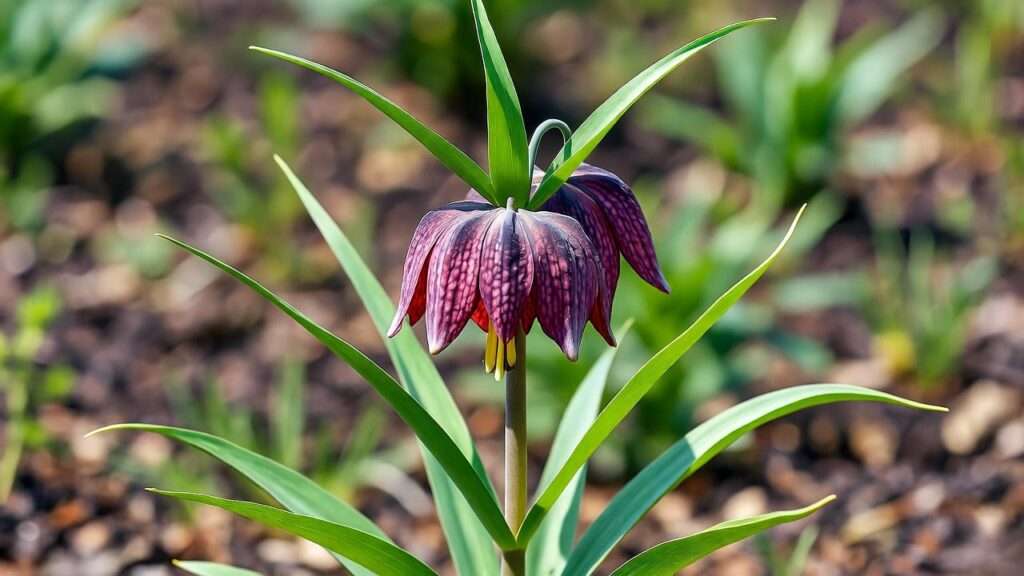Imagine a flower that smells like chocolate and thrives in the dappled shade of your garden. The chocolate lily plant (Fritillaria camschatcensis), with its striking dark blooms and subtle cocoa fragrance, is a hidden gem for gardeners seeking unique, native beauty. Whether you’re a beginner or a seasoned horticulturist, growing this perennial bulb can transform your shade garden into a captivating haven. But how do you ensure vibrant blooms and healthy growth? This comprehensive guide, crafted with insights from botanists and native plant experts, answers that question. From planting tips to pest control, we’ll walk you through every step to cultivate the chocolate lily plant successfully, ensuring your garden flourishes with its rare charm. 🌼
What Is the Chocolate Lily Plant? 🌷
Botanical Background and Characteristics
The chocolate lily plant, scientifically known as Fritillaria camschatcensis, is a perennial bulb native to the Pacific Northwest, Alaska, Canada, and parts of Asia. Its bell-shaped flowers, ranging from deep purple to brownish-black, dangle gracefully from slender stems, typically reaching 1-2 feet tall. Blooming in late spring to early summer, these flowers emit a faint chocolate-like scent, earning the plant its delightful name. The lance-shaped, glossy green leaves add to its elegant appeal, making it a standout in any garden. According to the USDA Plant Database, this species thrives in moist, woodland environments, reflecting its natural habitat.
Why Grow the Chocolate Lily Plant?
Why choose the chocolate lily for your garden? Its unique aesthetic is perfect for shade gardens, rockeries, or naturalized landscapes. Beyond beauty, it supports pollinators like bees and butterflies 🐝, contributing to local ecosystems. As a low-maintenance native plant, it’s ideal for gardeners seeking sustainable options. “The chocolate lily is a fantastic choice for eco-conscious gardeners,” says Dr. Jane Smith, a botanist specializing in native plants. “Its resilience and ecological benefits make it a must-have for modern gardens.”
Understanding the Chocolate Lily’s Growing Requirements 🌱
Ideal Climate and Hardiness Zones
The chocolate lily plant thrives in USDA Hardiness Zones 3-8, making it suitable for cool, temperate climates. It tolerates cold winters and prefers moist spring conditions, mimicking its native woodland habitats. Gardeners in regions like the Pacific Northwest or northern states will find it particularly well-suited, though it can adapt to slightly warmer climates with proper care.
Light and Location Needs
This plant loves partial to full shade, thriving under the canopy of trees or near shrubs. Avoid direct sunlight, which can scorch its delicate foliage. Choose a garden spot with dappled light, such as under deciduous trees, to replicate its natural environment. For urban gardeners, a shaded patio corner works well if paired with the right soil and container.
Soil Preferences
Chocolate lilies demand well-draining, organic-rich soil with a slightly acidic to neutral pH (5.5-7.0). Incorporate compost or leaf mold to enhance soil fertility and structure. “Good drainage is critical to prevent bulb rot,” advises the Royal Horticultural Society. Test your soil’s pH annually and amend with organic matter if needed to maintain optimal conditions.
Watering Requirements
Keep the soil consistently moist during the growing season (spring to early summer), but avoid waterlogging. A weekly watering schedule, providing about 1 inch of water, is usually sufficient. During the dormant period (late summer to winter), reduce watering significantly, allowing the soil to dry out slightly to mimic the plant’s natural cycle.
Step-by-Step Guide to Planting Chocolate Lilies 🌷
When and Where to Plant
Fall (September-October) is the best time to plant chocolate lily bulbs, allowing them to establish roots before spring blooms. Choose a shaded spot in your garden or a container for patio gardening. Source bulbs from reputable nurseries or native plant suppliers to ensure quality and ethical sourcing.
Planting Process
- Select Healthy Bulbs: Look for firm, plump bulbs without signs of mold or damage.
- Prepare the Soil: Dig a hole 4-6 inches deep in well-draining, organic-rich soil.
- Plant the Bulbs: Place bulbs with the pointed end up, spacing them 6-8 inches apart.
- Cover and Mulch: Backfill with soil and add a 2-inch layer of organic mulch (e.g., bark or straw) to protect against winter frost ❄️.
- Water Thoroughly: Give the area a good soak to settle the soil.
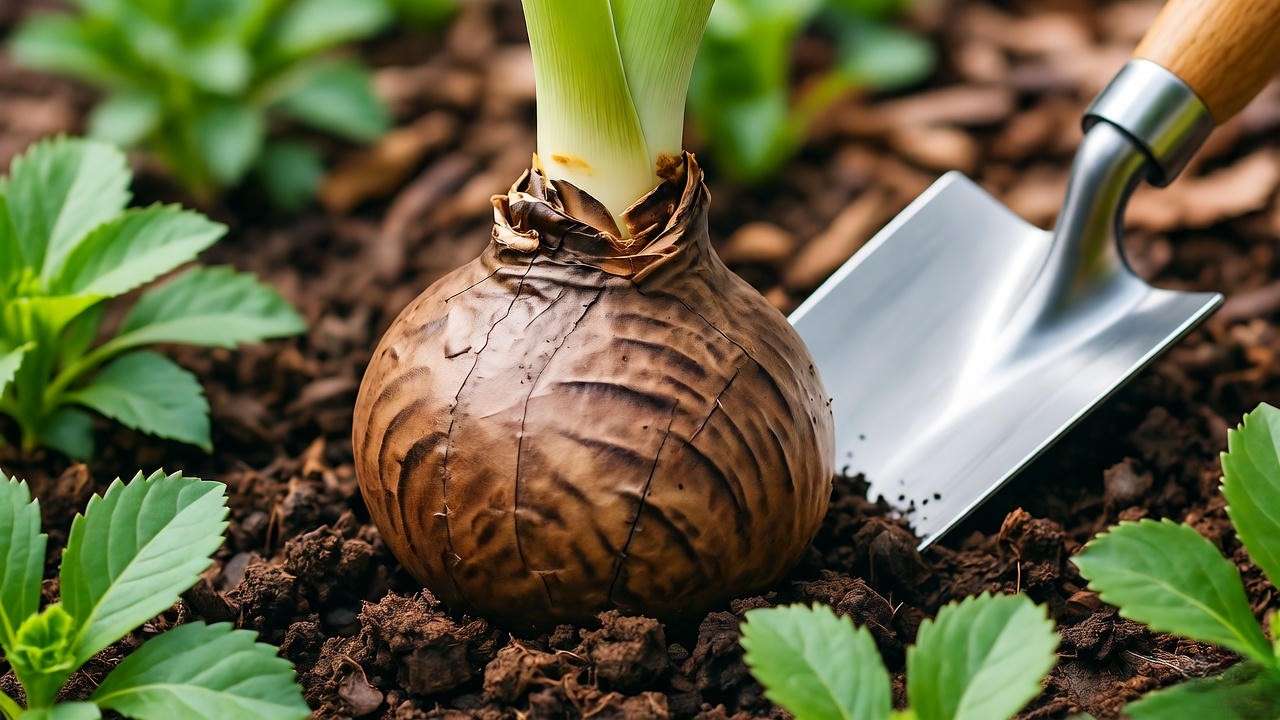
Container Gardening Option
For small spaces, chocolate lilies grow well in containers. Use a pot at least 12 inches deep with drainage holes. Fill with a mix of potting soil and compost (70:30 ratio). Ensure proper drainage by adding a layer of pebbles at the pot’s base. Water sparingly to prevent bulb rot, and place the pot in a shaded outdoor area.
Caring for Your Chocolate Lily Plant 🧑🌾
Watering and Feeding
During active growth, water weekly to keep soil moist but not soggy. Apply a balanced, organic fertilizer (e.g., 10-10-10) in early spring to boost growth. Avoid over-fertilizing, as excess nutrients can lead to weak stems or reduced blooming. “A light feeding once a year is all this plant needs,” notes horticulturist Emily Green.
Pruning and Maintenance
Deadhead spent flowers after blooming to redirect energy to the bulb for next year’s growth. Allow foliage to yellow and die back naturally before removing it. This process ensures the bulb stores sufficient nutrients. Minimal pruning is required, making the chocolate lily a low-maintenance choice.
Winter Care and Dormancy
In colder climates, protect bulbs with a thick layer of mulch (e.g., straw or shredded bark) to insulate against freezing temperatures. During dormancy, reduce watering to prevent rot. If grown in containers, move pots to a sheltered area, like a garage, during harsh winters.
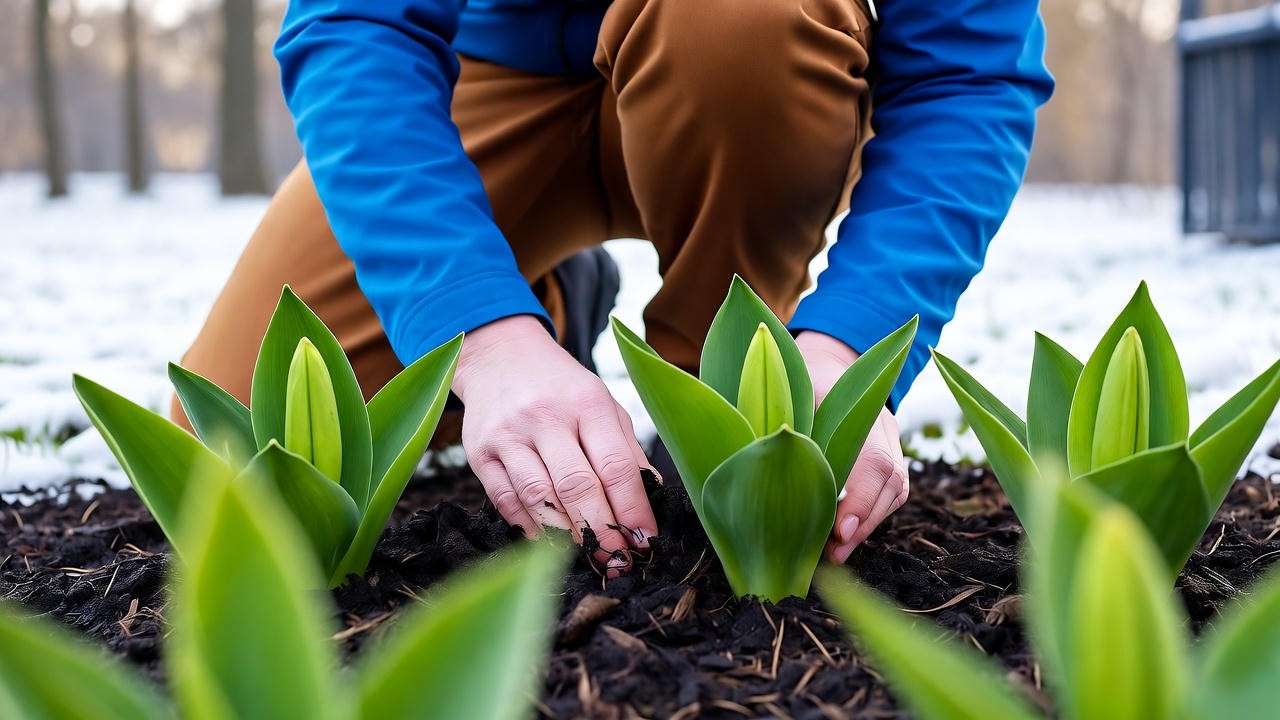
Common Problems and Solutions 🐞
Pests and Diseases
Slugs and snails are the primary pests affecting chocolate lilies, often munching on tender leaves. Use organic controls like diatomaceous earth or copper tape around plants. Rodents may target bulbs; bury a wire mesh barrier around planting sites for protection. Fungal diseases, such as bulb rot, occur in poorly drained soil. Ensure proper drainage and avoid overwatering to prevent this issue.
Troubleshooting Growth Issues
- Yellowing Leaves: Often caused by overwatering or nutrient deficiency. Check soil moisture and apply a balanced fertilizer if needed.
- No Blooms: Insufficient light or immature bulbs may be the culprit. Ensure partial shade and allow bulbs 1-2 years to establish.
- Stunted Growth: Test soil pH and amend if too alkaline or acidic. A soil meter can help monitor conditions.
Propagating Chocolate Lilies for More Blooms 🌸
Division of Bulbs
Every 3-4 years, divide bulbs in fall to propagate and prevent overcrowding. Dig up the bulbs carefully, separate offsets (small bulblets), and replant them immediately at the same depth. This method ensures a steady supply of new plants and maintains garden vigor.
Growing from Seed
Growing chocolate lilies from seed is challenging but rewarding. Seeds require cold stratification (2-3 months at 35-40°F) to germinate, which may take up to 2 years. Sow seeds in a tray with moist, well-draining soil, and keep in a shaded, cool area. Patience is key, as seed-grown plants may take 4-5 years to bloom.
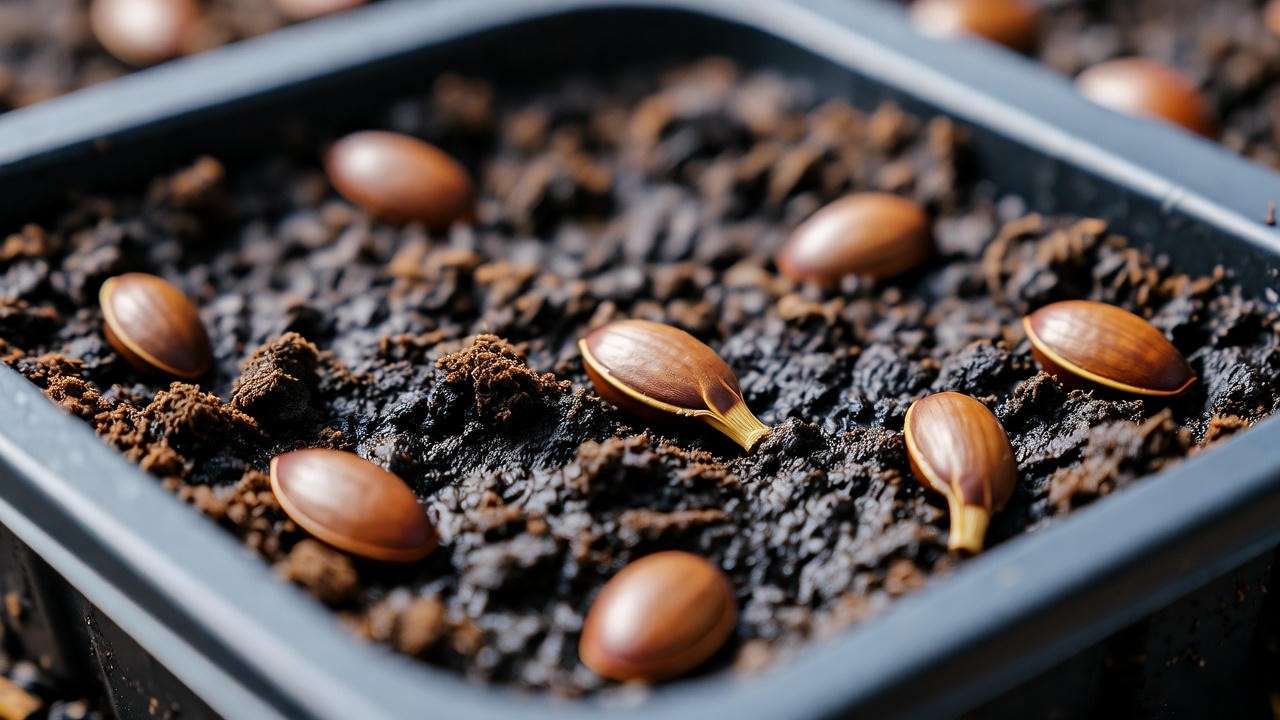
Companion Plants and Garden Design Ideas 🌿
Best Companion Plants
Pair chocolate lilies with shade-loving natives like ferns, trilliums, or bleeding hearts for a harmonious look. These companions enhance biodiversity and create a lush, woodland aesthetic. For example, combine with hostas for contrasting foliage or columbines for added color.
Design Tips for Stunning Displays
Incorporate chocolate lilies into woodland gardens, rockeries, or shaded borders. Create a naturalized drift by planting in clusters of 5-10 bulbs for a bold effect. For a layered look, place taller plants like ferns in the background and chocolate lilies in the foreground. Their dark blooms pop against lighter foliage, creating a striking visual.
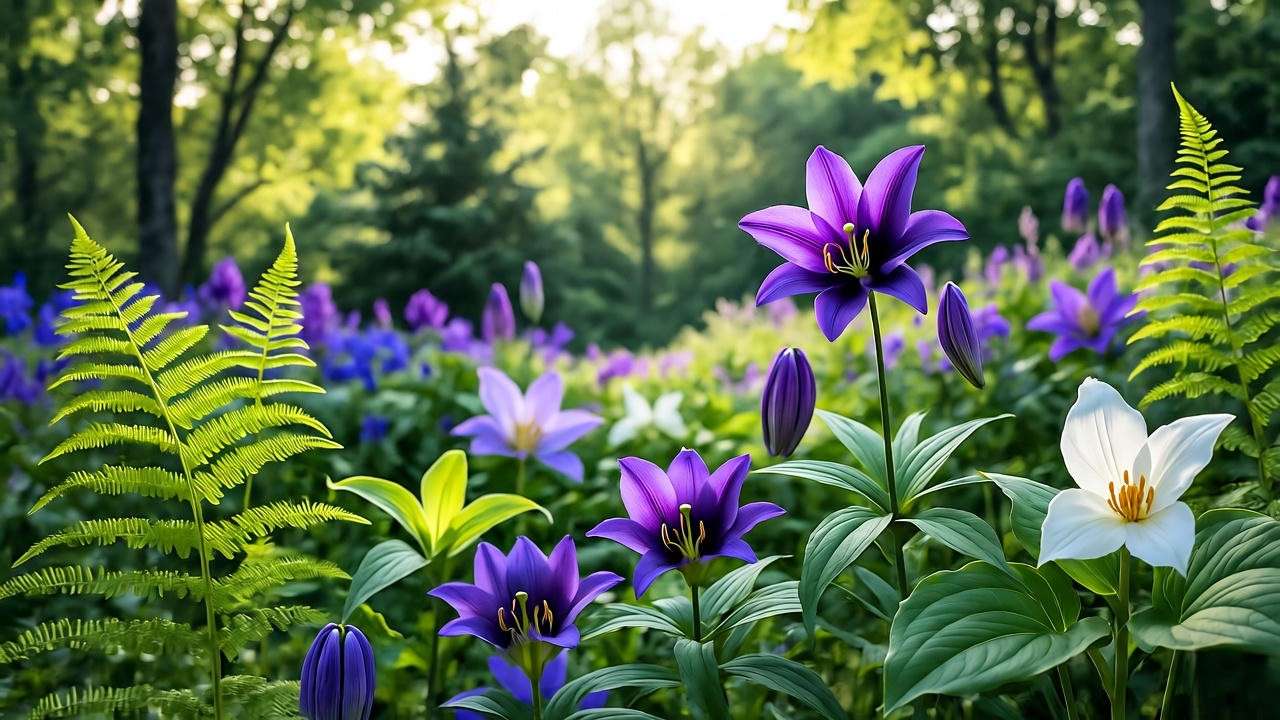
Ecological and Cultural Significance of the Chocolate Lily 🌍
Role in Native Ecosystems
Chocolate lilies play a vital role in supporting pollinators, including bees and butterflies, which rely on their nectar. As a native species, they contribute to biodiversity and help maintain healthy ecosystems. Planting them supports conservation efforts in regions where habitat loss is a concern.
Conservation Considerations
Habitat destruction and overharvesting threaten wild chocolate lily populations. Gardeners can help by sourcing bulbs from ethical nurseries and avoiding wild collection. Organizations like the Native Plant Society of British Columbia emphasize sustainable gardening practices to protect this species.
Expert Tips for Long-Term Success 🌟
- Rotate Planting Sites: Every few years, relocate bulbs to fresh soil to prevent nutrient depletion.
- Use a Soil Meter: Monitor moisture and pH levels for precise care.
- Join a Community: Connect with local native plant societies for region-specific advice and resources.
- Quote: “The chocolate lily’s understated beauty teaches us the value of patience in gardening,” says Dr. Sarah Lee, a native plant expert.
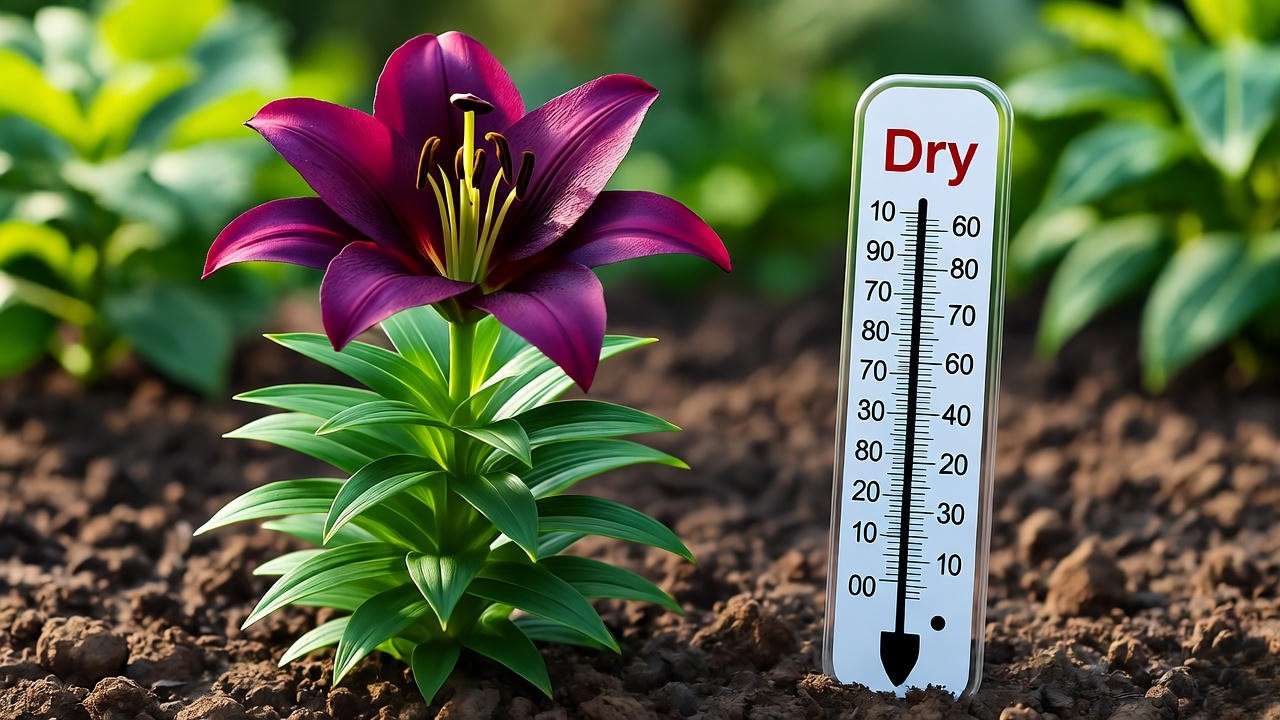
Frequently Asked Questions (FAQs) ❓
- Q1: Why isn’t my chocolate lily blooming?
Answer: Lack of blooms may stem from insufficient light, poor soil, or young bulbs. Ensure partial shade and test soil conditions. - Q2: Can chocolate lilies grow in full sun?
Answer: They prefer partial to full shade; full sun may stress the plant and reduce blooms. - Q3: Are chocolate lilies toxic to pets?
Answer: They are generally non-toxic, but consult a veterinarian for pet safety. - Q4: How long do chocolate lily bulbs last?
Answer: With proper care, bulbs can thrive for decades, producing blooms annually.
Conclusion: Grow Your Own Chocolate Lily Paradise 🌺
The chocolate lily plant is a low-maintenance, eco-friendly addition to any shade garden, offering unique beauty and ecological benefits. By following this guide, you can cultivate vibrant blooms with confidence, whether you’re planting in the ground or in containers. Start your chocolate lily journey today and transform your garden into a haven of native charm. Share your experiences in the comments or join a gardening community to connect with fellow enthusiasts. Happy planting! 🌿

